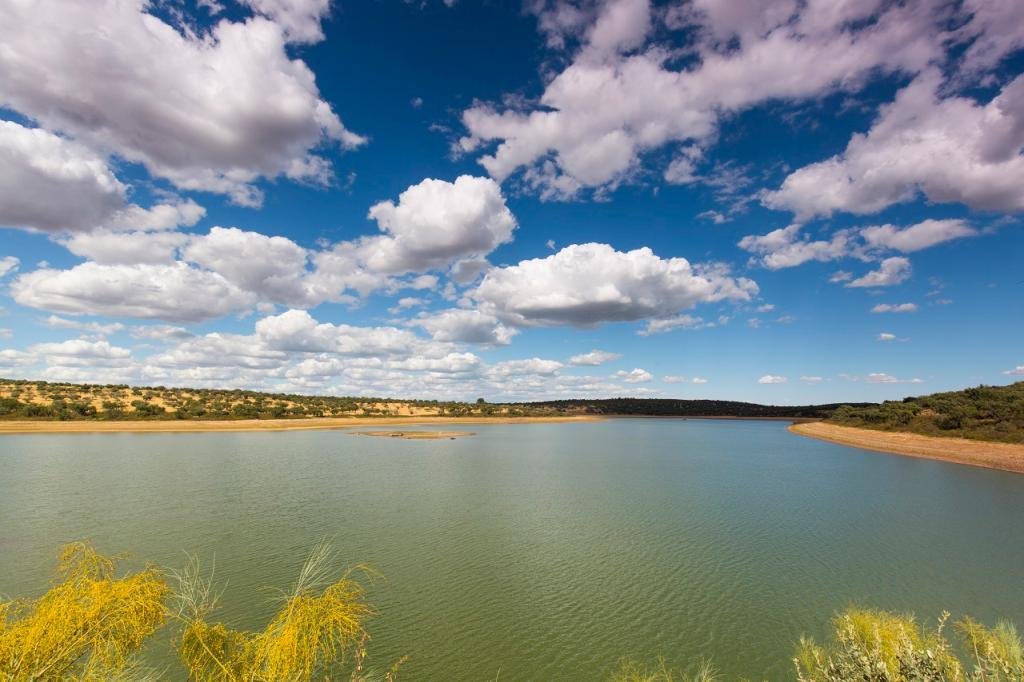- Towns and villages: Alanís, Almadén de la Plata, Cazalla de la Sierra, Constantina, Guadalcanal, El Real de la Jara, El Pedroso, La Puebla de los Infantes, Las Navas de la Concepción, San Nicolás del Puerto
Points of interest
A semi-mountainous area, set between two other natural parks, which together form an extended protected range. To the east is Sierra de Aracena y Picos de Aroche in Huelva province. To the west is Sierra de Hornachuelos in Cordoba province.
I’ve been living in this lovely area of Western Andalucia for the last 20 years or so and dedicate most of my time to the running of English language tourist information websites for the towns of Cádiz, Ronda, Grazalema, the famous or infamous Caminito del Rey, and also Wildside Holidays, which promotes sustainable and eco-friendly businesses running wildlife and walking holidays in Spain. My articles contain affiliate links that will help you reserve a hotel, bus, train or activity in the area. You don’t pay more, but by using them you do support this website. Thankyou!




